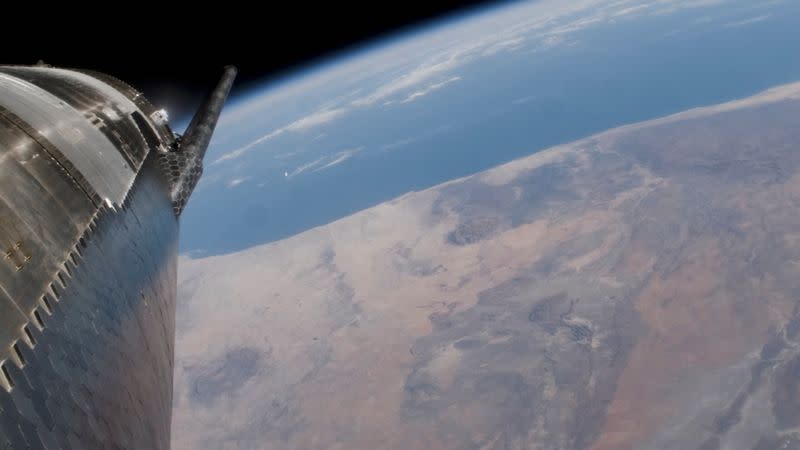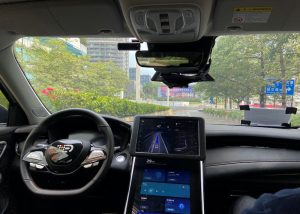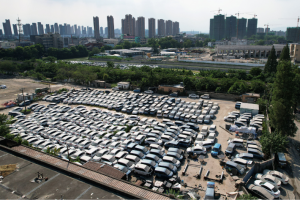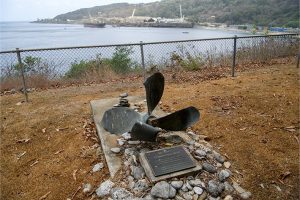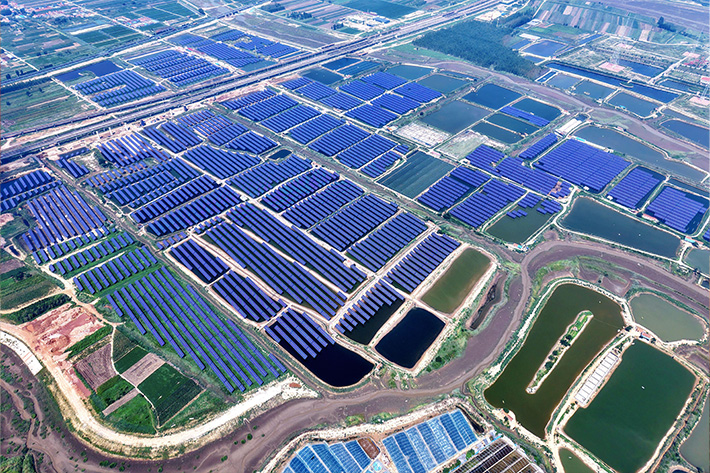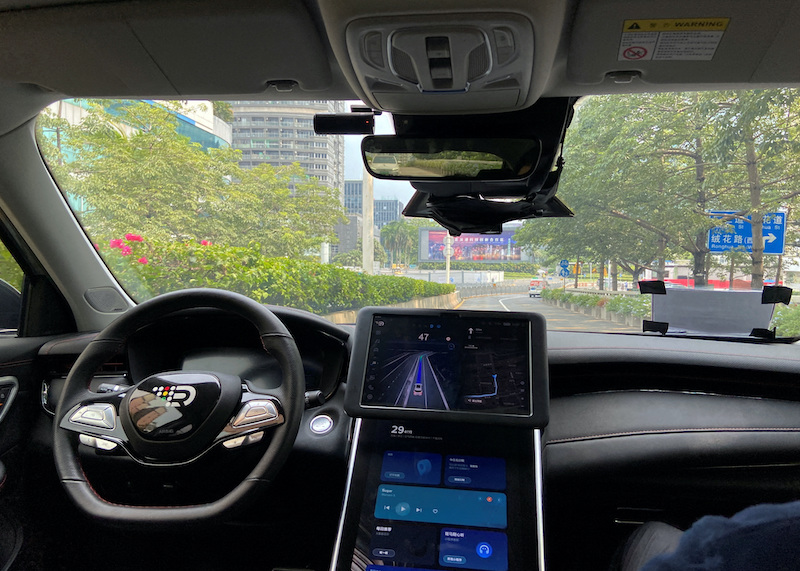Elon Musk’s rocket company SpaceX is negotiating US and Australian officials on a possible landing and recovery of one of its Starship rockets off Australia.
The “controlled splashdown” – at a site yet to be revealed – could be an initial step for greater security collaboration between the two countries – and the company, three people familiar with the plans have told Reuters.
With a Starship rocket having made a controlled landing in the Indian Ocean for the first time in June, SpaceX has been eager to expand its testing campaign. Successful landings and recovery of the boosters afterward are important elements of the speedy development of the giant and reusable rocket designed to launch satellites to orbit and land astronauts on the moon.
ALSO SEE: India Not About to Drop Ban on Chinese Investment: Trade Minister
The plan would be to launch Starship from a SpaceX facility in Texas, land it in the sea off Australia’s coast and recover it on Australian territory. Getting permission to do so would require loosening US export controls on sophisticated space technologies bound for Australia, according to the sources, who spoke on condition of anonymity.
President Joe Biden’s administration already has sought to ease similar restrictions within the AUKUS security alliance, a grouping of the United States, Australia and Britain aimed at countering China.
SpaceX, the US Space Force and the Australian Space Agency did not immediately reply to requests for comment.
Starship would be towed after it lands in the ocean, or on a barge, to a nearby port on Australia’s western or northeastern coasts, though more specific plans and locations are still being discussed, the sources said.
The conversations underscore the US determination to help Australia build up its military as a deterrent to an increasingly assertive China in the region.
Australia keen to boost space ties, capacity
The proposed SpaceX arrangement would put more trust in a close American ally that for years has sought to expand its space defence programme, strengthen civil and military space ties with the United States and stimulate its own space industrial base.
Discussions in recent weeks between SpaceX executives and US and Australian officials have focused on regulatory hurdles in bringing a recovered Starship booster ashore in a foreign country, the sources said. Because the talks are ongoing, the timing of any Starship landing off Australia remained unclear.
The sources said the proposed test-landings likely would be the first phase of a larger future Australian presence for SpaceX that could include launching from a facility on the continent or landing a Starship booster on the ground instead of the ocean, though discussions on those possibilities are in the early stages.
In developing its partially reusable Falcon 9 about a decade ago, SpaceX also made ocean-based test landings before attempting touchdowns on land and atop barges at sea. Falcon 9 is now SpaceX’s workhorse rocket, and its first-stage booster has made hundreds of routine landings from space.
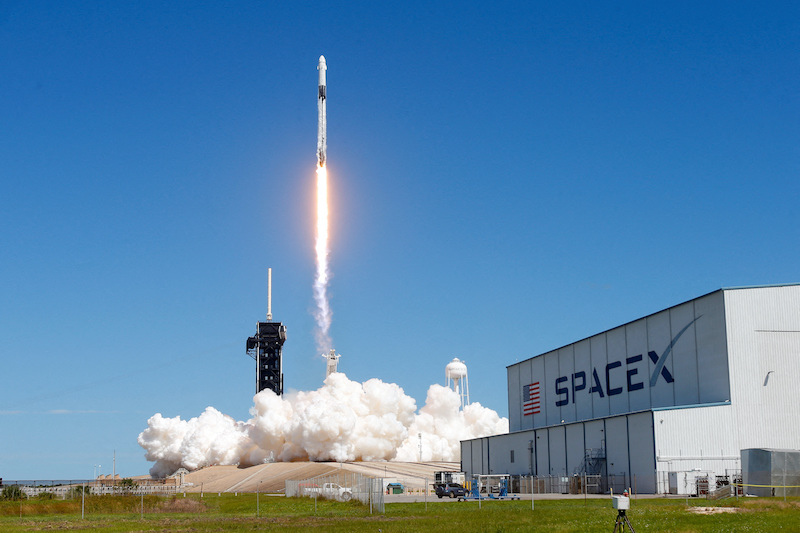
120m reusable rocket, global delivery service
Starship is a 400-foot (120-metre) tall two-stage rocket designed to be fully reusable. It represents SpaceX’s next-generation rocket system, meant to loft large batches of satellites into space, land NASA astronauts on the lunar surface and potentially ferry military cargo around the world in roughly 90 minutes.
Starship’s June test flight was its most successful to date. Starship was launched from Texas toward space on a suborbital trajectory that sent it freefalling at hypersonic speeds back through Earth’s atmosphere before reigniting its engines for a soft splashdown in the Indian Ocean, about 90 minutes after launch. Its SuperHeavy booster landed in the Gulf of Mexico.
Previous test flights had ended with Starship disintegrating before a safe landing could be achieved. The June flight has led SpaceX to pursue a new phase of more complicated landing tests, according to multiple people familiar with the campaign.
The US Air Force Research Laboratory’s conceptual “Rocket Cargo” programme envisions using suborbital rockets to swiftly deliver military cargo around the world in 90 minutes, called point-to-point delivery. Some at the Pentagon viewed the June Starship test launch as a crucial demonstration of this programme, according to US defence officials.
A Starship launch from Texas and landing off Australia could further demonstrate point-to-point delivery.
While still in an early phase, the delivery time for rocket-based cargo around the planet – taking advantage of orbital velocity of 17,000 miles per hour (27,350 kph) and a hypersonic reentry through Earth’s atmosphere – would be a fraction of the roughly 12 to 24 hours typically needed for traditional aircraft.
SpaceX since 2021 has been studying how to use to Starship for those deliveries under a $102 million Pentagon contract. The programme will graduate to a more serious prototype effort with the US Space Force next year, according to 2025 budget documents.
- Reuters with additional editing by Jim Pollard
ALSO SEE:
Australia Seen as Test Ground For US Hypersonic Missiles – SCMP
‘Don’t Help a Villain Do Evil’: China Slams SpaceX ‘Spy Network’
Chinese Startup Launches Most Powerful Rocket by Private Firm
China Fears US Will Use SpaceX to Bring Calamity to World
Elon Musk’s Starlink to Connect With Planes, Trucks, Ships
China Seeking Ways to Take Out or Control Enemy Satellites
China’s Low-Earth Satellites Push in Starlink Catch-Up Bid
China May ‘Need to Destroy’ Musk’s Starlink – SCMP
China Slams AUKUS Hypersonic Missile Pact as Asian NATO




